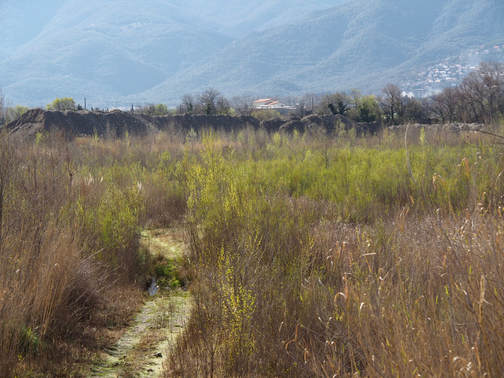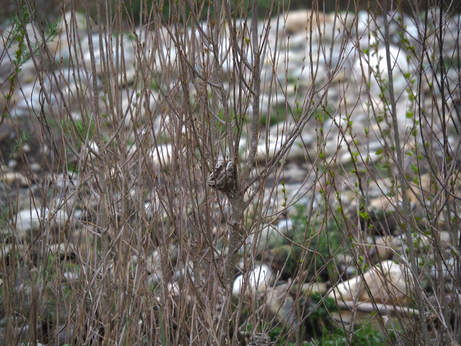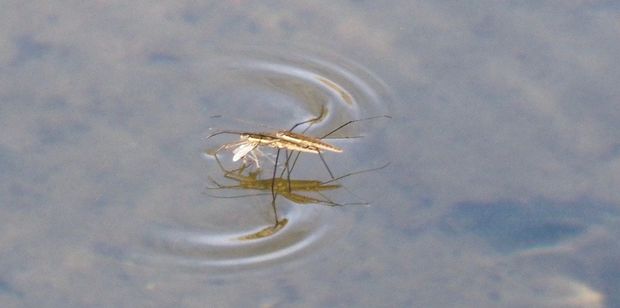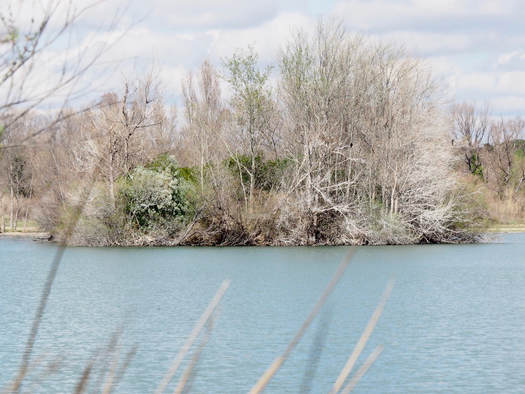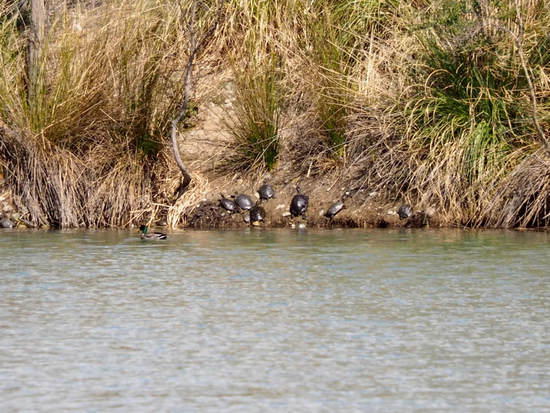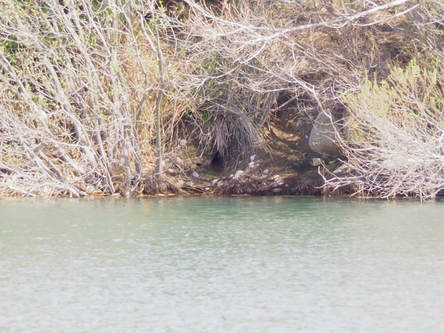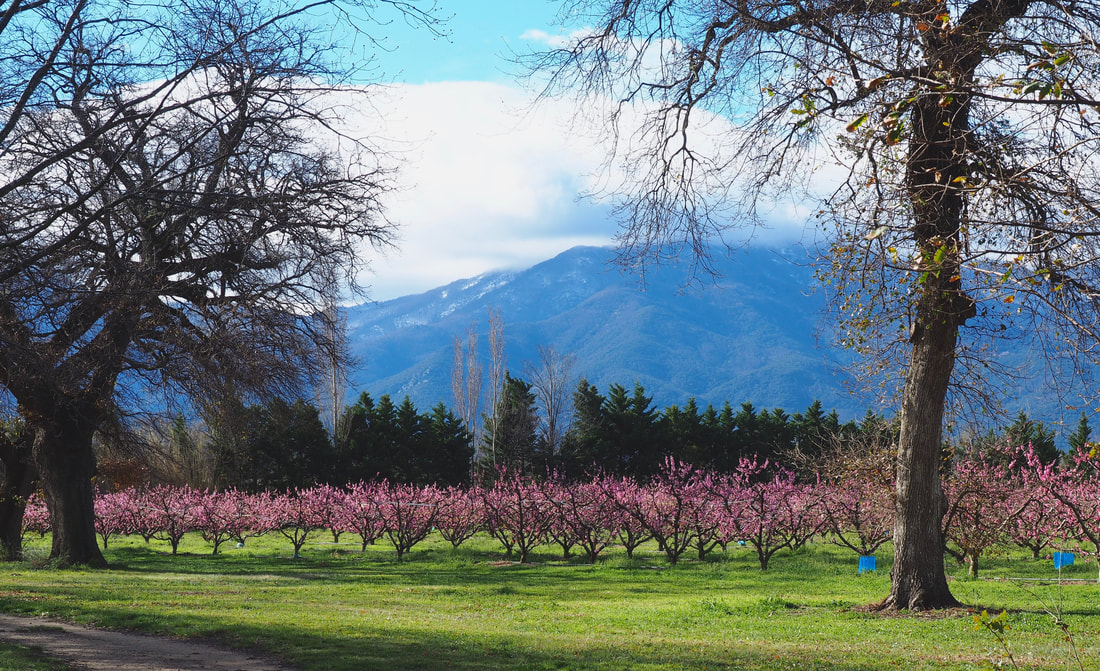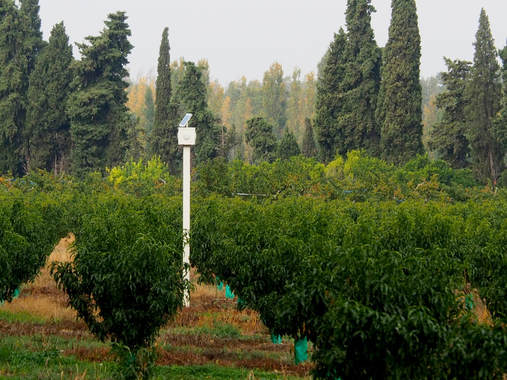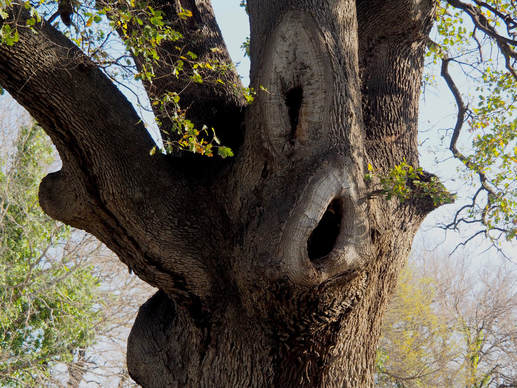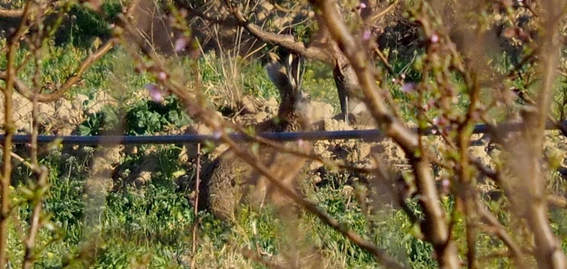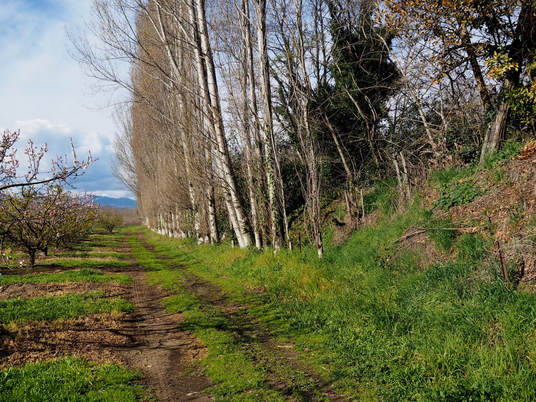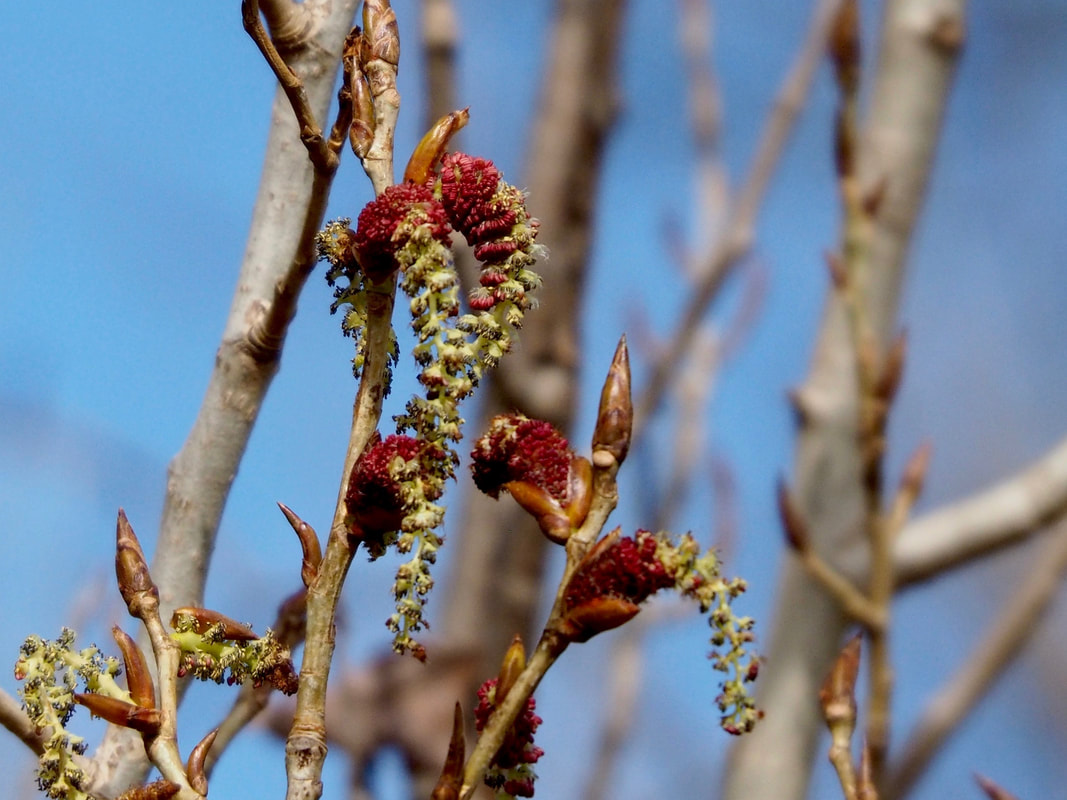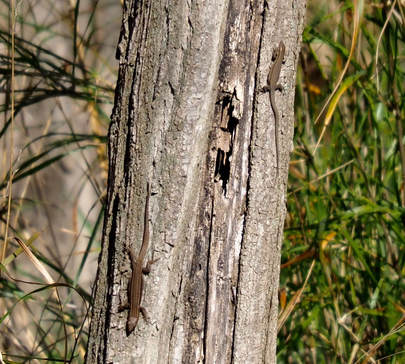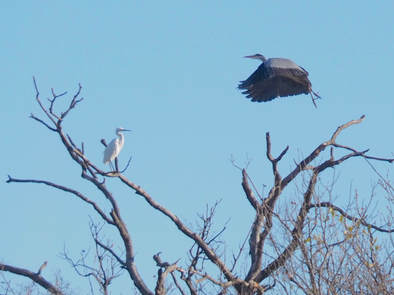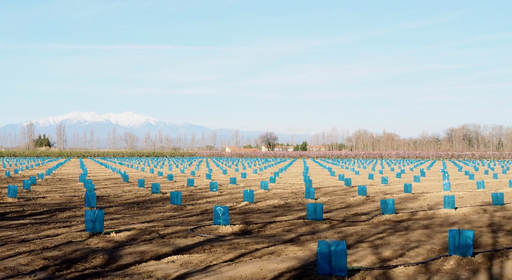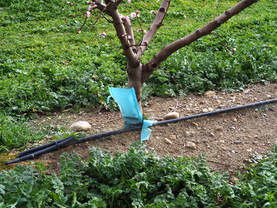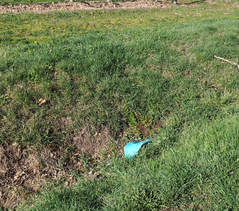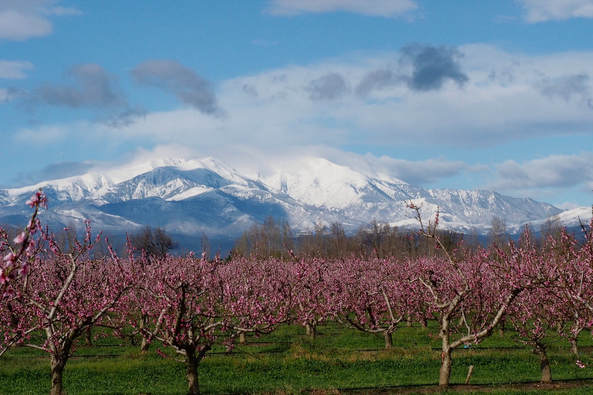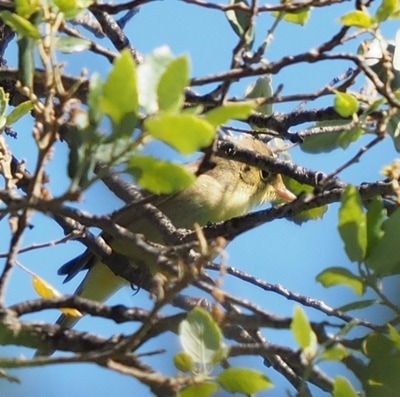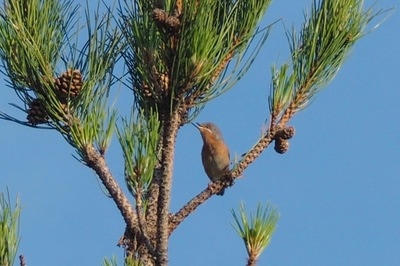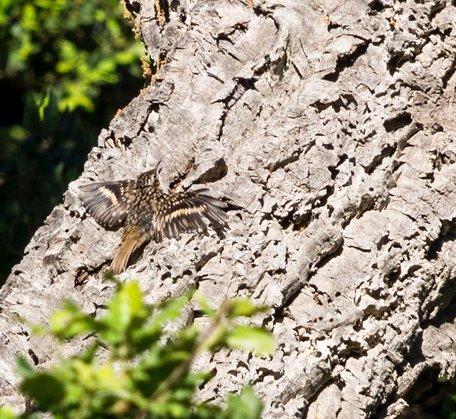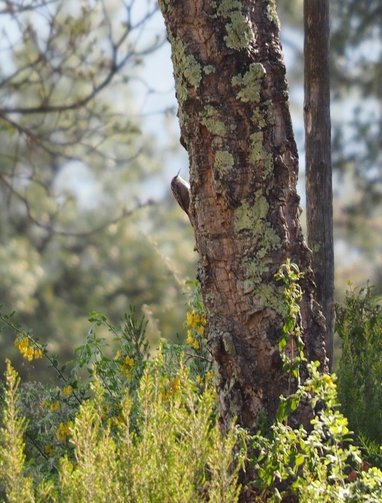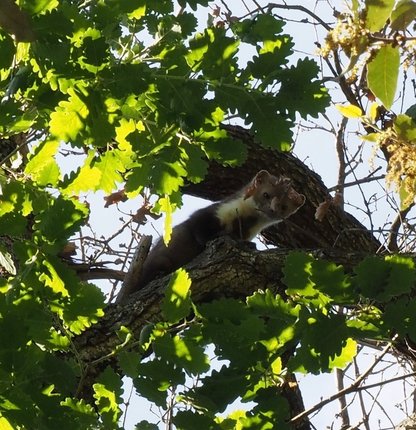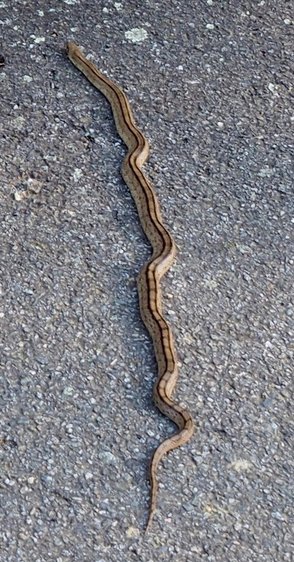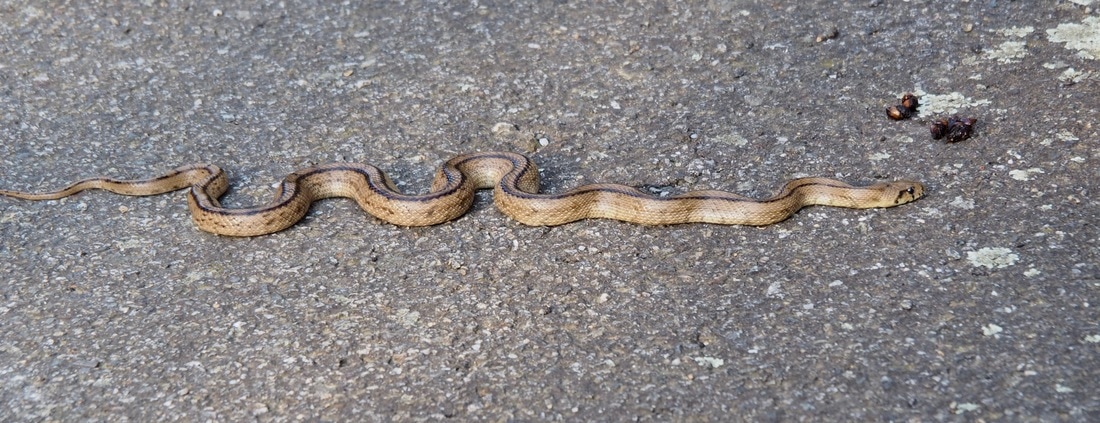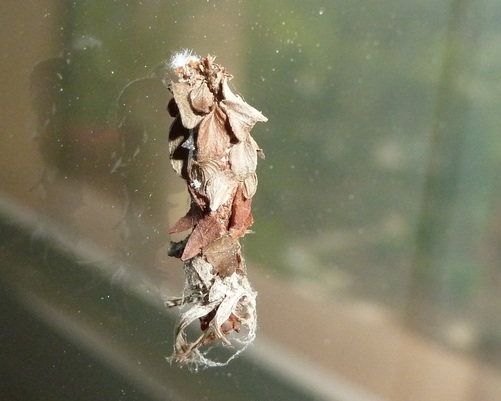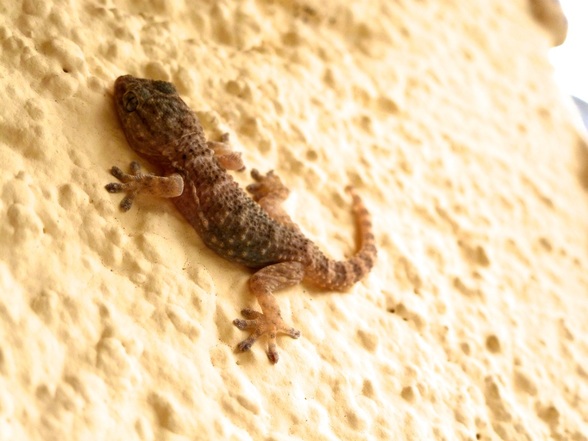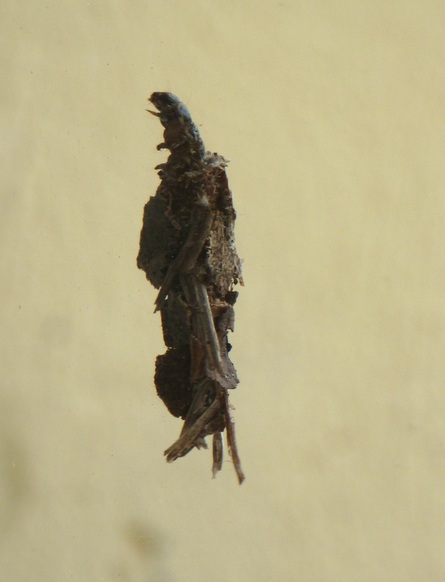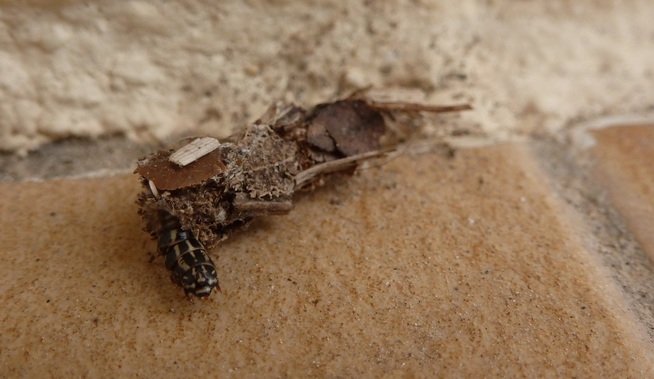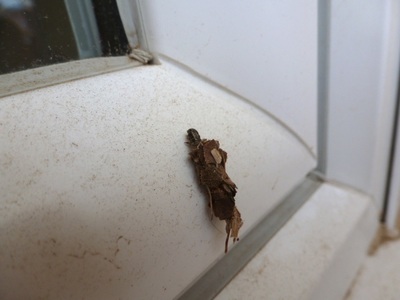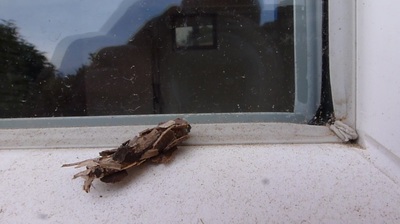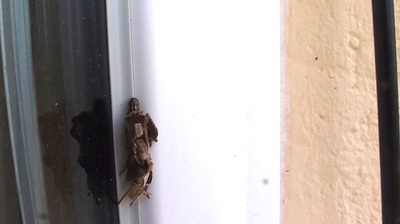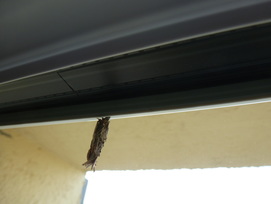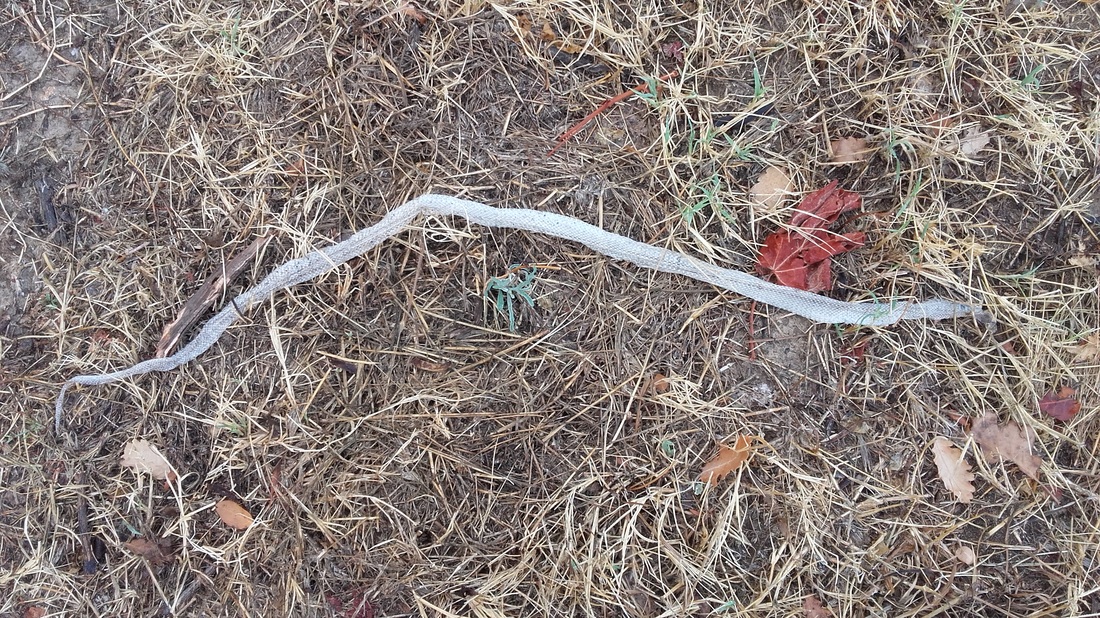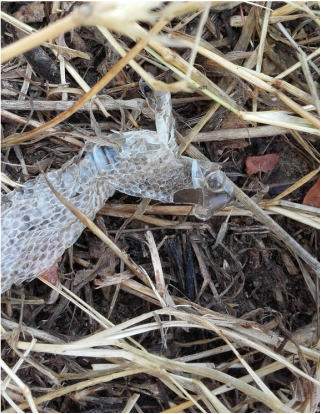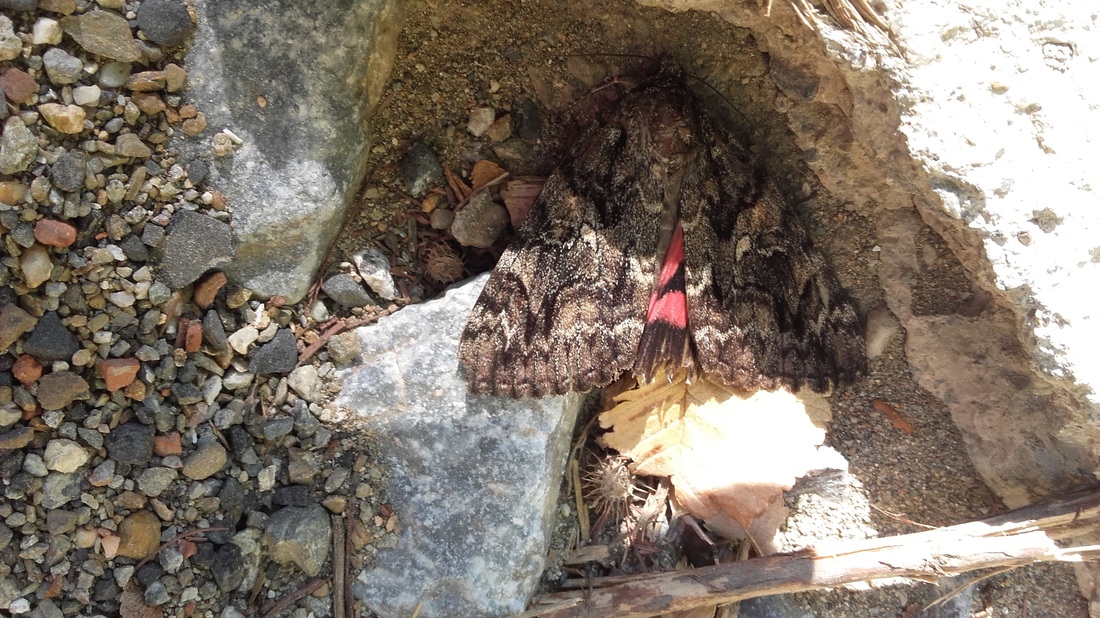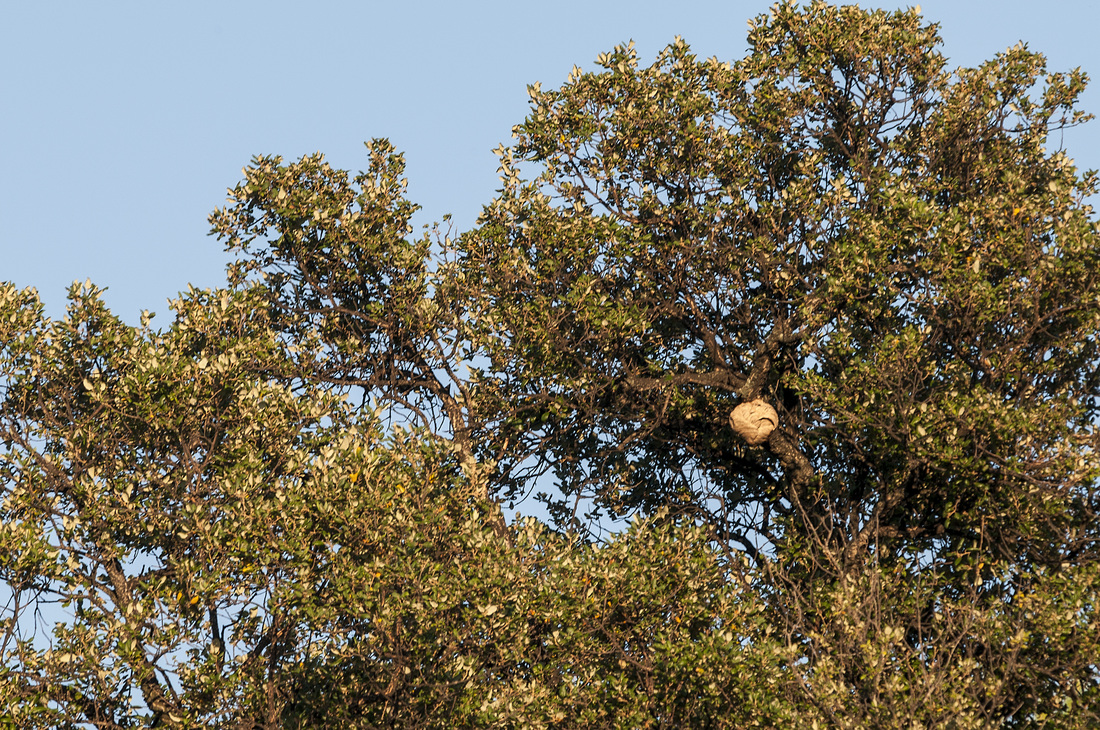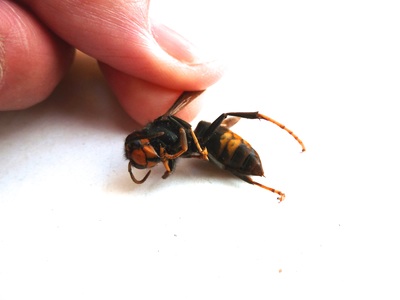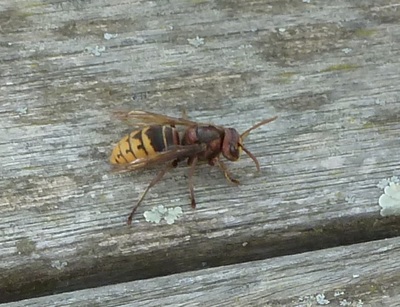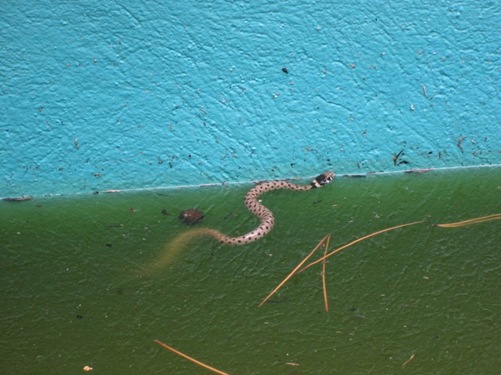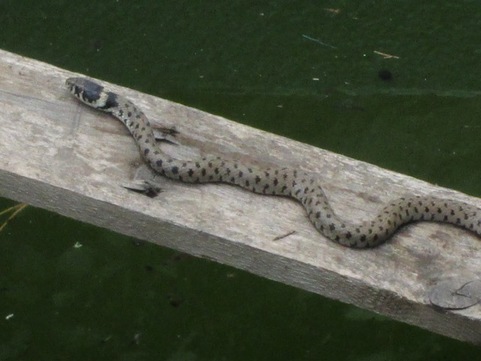Despite best intentions last September, the first time I returned to Als Bachous since then was a week ago. As soon as I got out of the car, it was evident that there has been a lot of human activity. And some, at least, is welcome.
At first I was aghast to see great heaps of earth at the southern end of the former eastern quarry (now marshland). I had to go and investigate straightaway, and scrambled up the bank separating marsh from lake. There’s just a single line of mounds, but no sign of any fresh quarrying – the marsh, which I explored last time, is still exactly as was. I couldn’t really tell, therefore, where all the earth must have come from to create such spoil heaps. Unless it's been imported? If so, for what purpose? It occurred to me that the GOR might be trying to tempt bee-eaters to breed here again. But the heaps look much too stony to me, so I think I can rule that out.
Down in the eastern marsh it was indeed soggy. Tadpoles were active in water-filled ruts, and insects were on the increase, including speckled wood and orange tip butterflies. There were fewer birds than I expected, but I did see one fan-tailed warbler, and heard several Cetti’s (neither of which migrate). At the foot of the GOR notice about amphibians and dragonflies, spraint on a stone looked to have bone fragments in it – possibly left by otter or mink.
At the Tech, it was good to see the river running well. Although not especially deep, it would have come to my knees at least, had I tried to wade across to the islet I stood upon in September. From my position on the bank, even with binos, it was impossible to see if there was any fresh otter spraint – my main objective for the day.
It proved equally impossible to spot any of the several Cetti’s warblers that were taunting me with their explosive song. I wondered if the old nest in this low bush on the islet was made by a Cetti’s – quite probably, I think.
That morning I had to content myself with watching a group of mating pond skaters, close to the bank. They seemed unbothered by me hovering close above them, but getting a photo in focus was near-impossible because they were constantly on the move, rowing at high speed with those super-long middle legs. I've read since that the males, which are rather shorter than the females, die after mating. Females, on the other hand, have two breeding cycles in a year. Lucky for some!
If I do return around dawn one day, perhaps I'll start observations at that point, before heading for the river. The clocks go forward tonight, so sometime over the next few weeks would be ideal for an expedition like that - before it gets too difficult to throw myself out of bed in the dark. In any case, I need to return soon, to see if there have been any developments with those mounds of earth.
